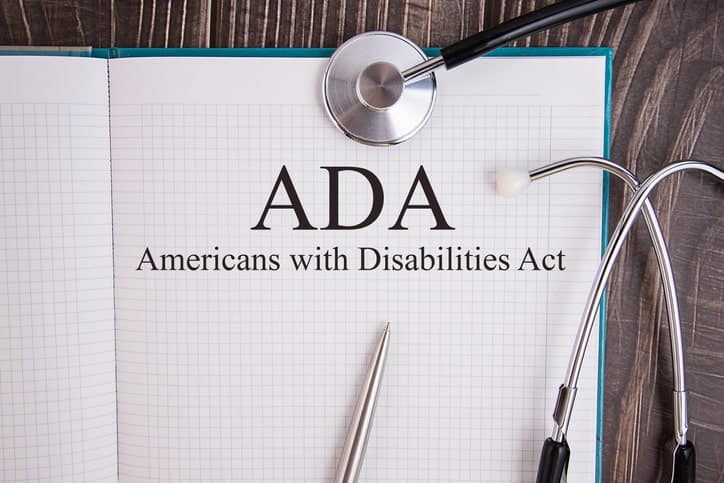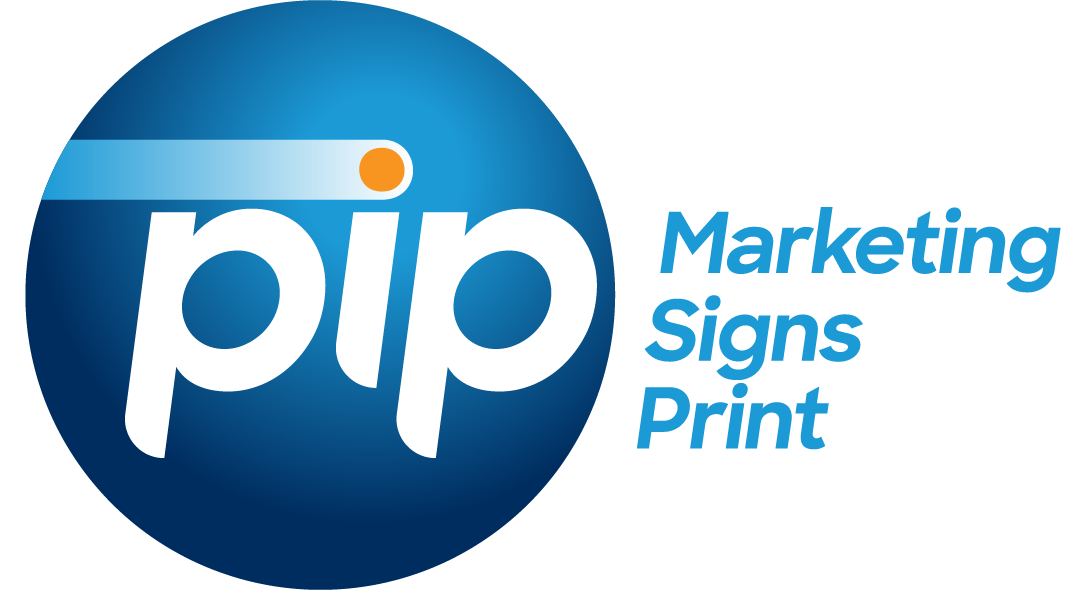What You Need to Know About ADA-Compliant Signage
If your business doesn’t have signs that are compliant with the Americans with Disabilities Act (ADA), you could be risking the access and safety of a substantial group of customers and employees. You’re also at risk for penalties, fines, and lawsuits. These basics can help integrated marketers better understand the guidelines and what is required to stay in compliance.

Signs that comply with the Americans With Disabilities Act (ADA) are a must for almost every business or place of employment. And by ‘must,’ we mean by not having them, you leave yourself open to lawsuits, penalties, and huge fines, not to mention, you could be making life more difficult for your customers, employees, and vendors.
The ADA has three broad categories of signage requirements:- Whether or not a sign is needed
- Sign design and construction
- Exact specifications on sign placement
We frequently get questions and comments from frustrated integrated marketers and business owners about the complexity of the regulations. You don’t have to figure it all out on your own. To ensure your business complies with ADA guidelines, it helps to have a trusted expert by your side. Let’s start by covering the basics.
What is ADA signage?
It’s any type of sign that businesses are required to have to improve access, safety, and accommodation for those with disabilities. ADA signage may include tactile (Braille) signage intended for those with visual impairments, wayfinding signage, and signs that indicate the presence of assistive devices such as TTYs and listening devices.
ADA signage is very strictly regulated. The 2010 ADA Standards for Accessible Design document contains specific guidance around:- Precise sign placement
- Sign dimensions
- Height, spacing, and typeface for all visual characters
- Size and placement of Braille or tactile characters
Which businesses need to have it?
In a nutshell, if you are a business with employees, clients, or customers, you need to have ADA signs. The rules apply to retail establishments, hotels, restaurants, theaters, schools, office buildings, factories, manufacturing plants, and warehouses of every size.
Why do businesses need it?
Because making these accommodations is the right thing to do. About one in four Americans have some kind of disability, and not all disabilities are obvious or visible. Plus, good signage is an asset that increases a building’s comfort and utility for everyone.
ADA violations carry a hefty price tag: a first offense can be fined at $75,000, and subsequent offenses can be fined at $150,000. Depending on the building’s location, there may be additional fees from the state or local government.
Where are signs required to be?
The majority of ADA guidelines concern a building’s interior. Even though there are rules regarding the identification of accessible parking spaces, each state has its own requirements, so check with your local government agencies for more information.
Inside a facility, signs are needed to call out building rooms, spaces, or features—e.g., exits, restrooms, elevators, adaptive devices, or inaccessible entrances. Signs are typically mounted on the wall directly to the handle side of a door; again, the ADA is highly prescriptive about sign placement, including different rules for double doors.
How can businesses stay compliant?
The short answer is to abide by all of the rules established by the federal government, which means navigating all 275 pages of the ADA’s guide on accessible design.
We can help you navigate the complexities and help your business comply with the ADA. We can produce cost-effective signage that is durable, attractive, and even branded. Contact us to learn more.
